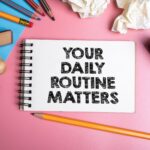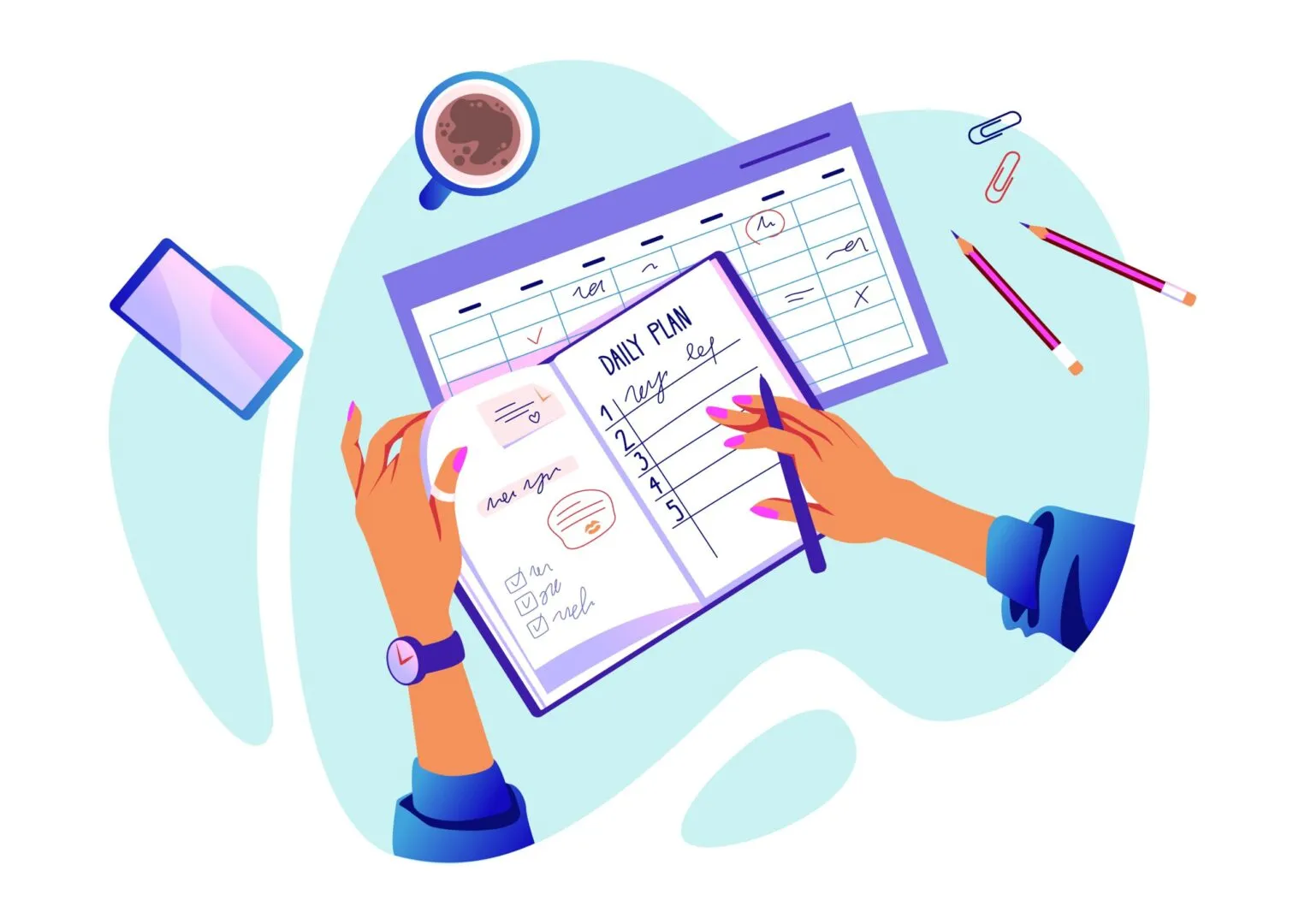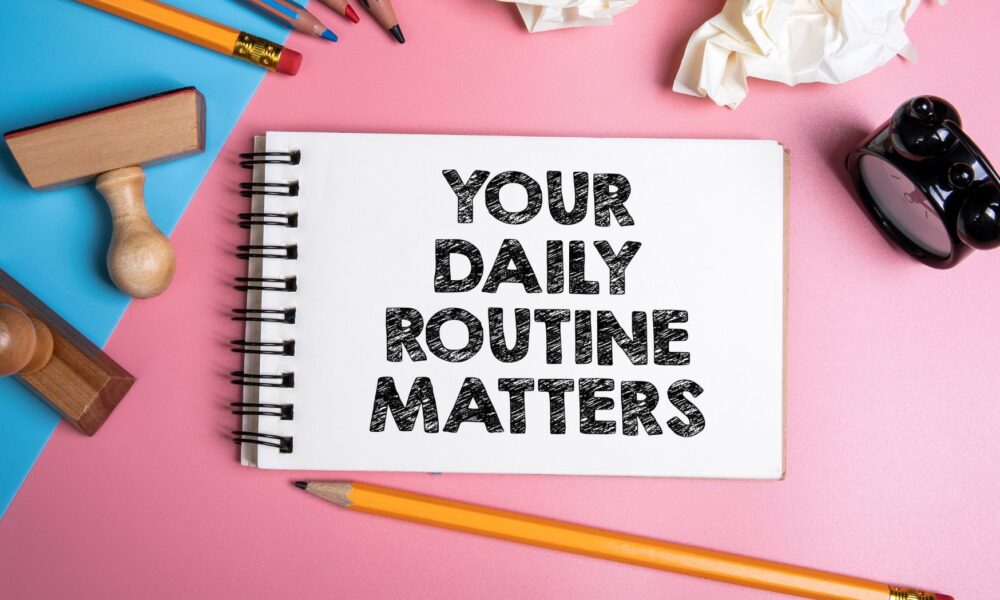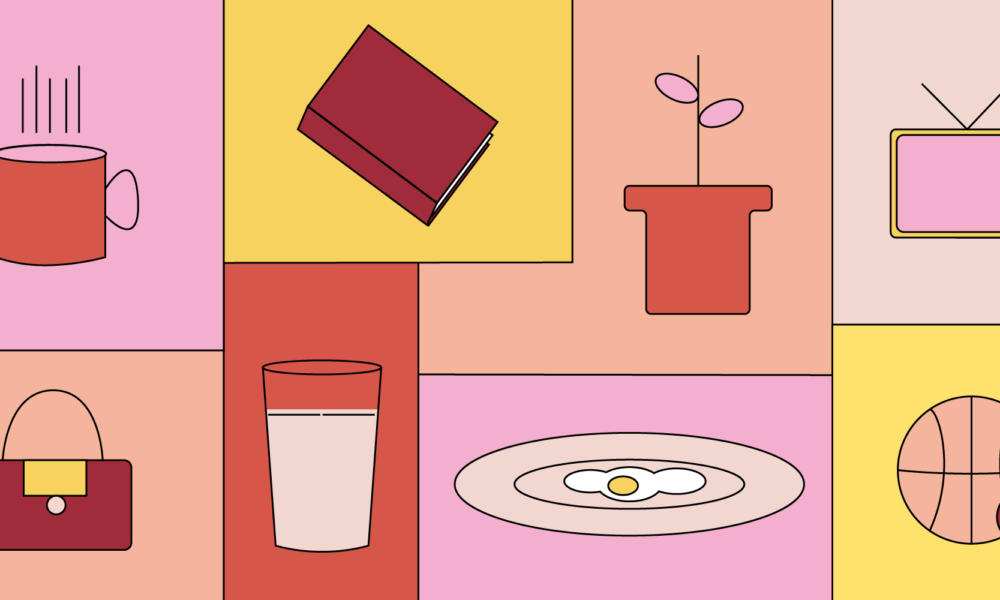Last Updated on May 6, 2025 by Kavya K
Understanding the Importance of Routine for People with ADHD
For individuals with ADHD, routines aren’t just helpful—they’re essential. ADHD, or Attention Deficit Hyperactivity Disorder, often brings challenges such as distractibility, impulsivity, difficulty starting tasks, and problems with time management. Without structure, these traits can lead to chaos, missed deadlines, disorganized living spaces, and emotional burnout. That’s where a routine comes in. While the idea of sticking to a rigid schedule may seem overwhelming or even impossible at first, creating a flexible and ADHD-friendly routine can actually reduce stress, improve focus, and help manage day-to-day responsibilities more smoothly. Routines don’t need to be strict or perfect to work—they just need to be consistent, repeatable, and tailored to fit your natural energy rhythms and cognitive needs.
Start Small and Keep It Simple
One of the biggest mistakes people with ADHD make when trying to build a routine is overcomplicating it from the start. Creating an elaborate schedule that spans your entire day with tight time blocks can lead to feelings of failure when things don’t go perfectly. Instead, begin with one or two anchors—perhaps a consistent morning routine or a predictable bedtime. These anchors can act as stabilizing points that bring some predictability to your day. Once you’re comfortable with those, gradually layer on more tasks. The key is to keep it simple and achievable. For example, instead of scheduling “clean the house,” start with “put laundry in the basket after breakfast.” Tiny wins like these help build momentum, create confidence, and reduce overwhelm.
Use Visual Cues and Reminders
Because ADHD brains often struggle with working memory and time blindness, visual cues and reminders are incredibly effective tools for routine planning. Wall calendars, sticky notes, dry-erase boards, visual checklists, and color-coded planners can all serve as external supports that remind you what to do and when. You might find that a visual morning checklist taped to your mirror or a “start work” alarm on your phone each day at the same time helps transition you from task to task. You can also use apps like Todoist, Notion, or Trello for digital reminders, but many people with ADHD benefit more from physical, visible tools that are in plain sight. These external systems act as memory aids and time managers, reducing the mental load required to stay on track.
Build in Buffer Time Between Tasks
People with ADHD often underestimate how long things take or forget to factor in transitions between tasks, which leads to running late or skipping parts of their routine altogether. To address this, build buffer time into your schedule. If you plan to start working at 10:00 a.m. after breakfast, don’t schedule something else that ends right at 9:59 a.m.—give yourself at least 10 to 15 minutes to transition mentally and physically. Adding space between tasks gives you time to refocus, move at your own pace, and avoid the stress of rushing. These buffers are also helpful for when your attention drifts or unexpected distractions arise, which is common with ADHD. A little breathing room can make your entire routine feel more manageable and less pressured.
Embrace Routines That Work with Your Energy Levels
ADHD can cause fluctuations in energy and motivation throughout the day. Trying to fight against these natural waves often leads to frustration. Instead, build your routine around your energy patterns. If you feel most alert and creative in the morning, schedule focused work or challenging tasks during that window. Save low-energy tasks like organizing your desk, answering emails, or doing laundry for the afternoon slump. Routines don’t need to start at 5:00 a.m. or follow a traditional work schedule to be effective—they need to suit you. Tracking your energy levels for a few days can help identify your natural rhythms and allow you to build a routine that aligns with how your brain functions best.
Use Time Blocking with Flexible Boundaries
Time blocking is a powerful routine-building method for people with ADHD, as it reduces decision fatigue and adds structure to your day. However, it’s important to use flexible blocks, not rigid hourly schedules that create pressure or guilt when plans shift. For example, divide your day into broader sections like “Morning Routine (7–9 a.m.),” “Work Focus (9–12 p.m.),” “Admin Tasks (1–3 p.m.),” and “Evening Wind Down (7–9 p.m.).” This format offers predictability without being overly strict. Time blocking also helps prevent hyperfocus—when someone with ADHD gets so deeply absorbed in a task that they lose track of time and neglect other responsibilities. Setting alarms or using timers can gently pull your attention back when it’s time to transition.
Make Room for Movement and Sensory Breaks
Physical movement is not just beneficial—it’s crucial for ADHD brains. It helps release restlessness, improves dopamine production, and boosts concentration. Incorporate movement breaks into your routine throughout the day, even if it\’s just a few minutes of stretching, walking, or dancing around your room. Sensory breaks can also be helpful: listening to music, playing with a fidget toy, or stepping outside to feel the sun on your face can reset your nervous system and improve emotional regulation. These breaks are not indulgent—they’re essential self-care practices that keep your brain running optimally. Schedule them into your day as intentionally as any other task to make them part of your sustainable routine.
Use Accountability and External Structure
Many people with ADHD find that internal motivation alone isn\’t enough to stick to routines, especially on difficult or low-energy days. That’s where accountability comes in. Whether it\’s a daily check-in with a friend, a co-working session on Zoom, a text reminder from a partner, or even working alongside others at a café, adding a layer of external structure can increase follow-through. Accountability doesn’t mean relying on others to do things for you—it’s about setting up systems that remind you, encourage you, or nudge you into action when your executive function is lagging. Some find that body doubling—a technique where you do tasks in the presence of someone else—works wonders. You don\’t even have to interact, just having someone nearby can help maintain focus and routine.
Practice Compassion and Flexibility
No routine will ever be perfect—especially not for someone with ADHD. Some days will go smoothly, while others will feel like everything has fallen apart. That’s okay. Routine is not about rigidly forcing yourself to perform like a machine; it’s about giving your life rhythm, reducing chaos, and creating a sense of safety and self-trust. Practicing self-compassion when routines slip helps you bounce back faster. Instead of beating yourself up over a missed task, ask what got in the way and gently adjust. Celebrate small wins—whether you stuck to your morning routine, completed a difficult task, or simply remembered to take a break. ADHD thrives on positive reinforcement, and acknowledging progress helps build habits more effectively than punishment ever will.










